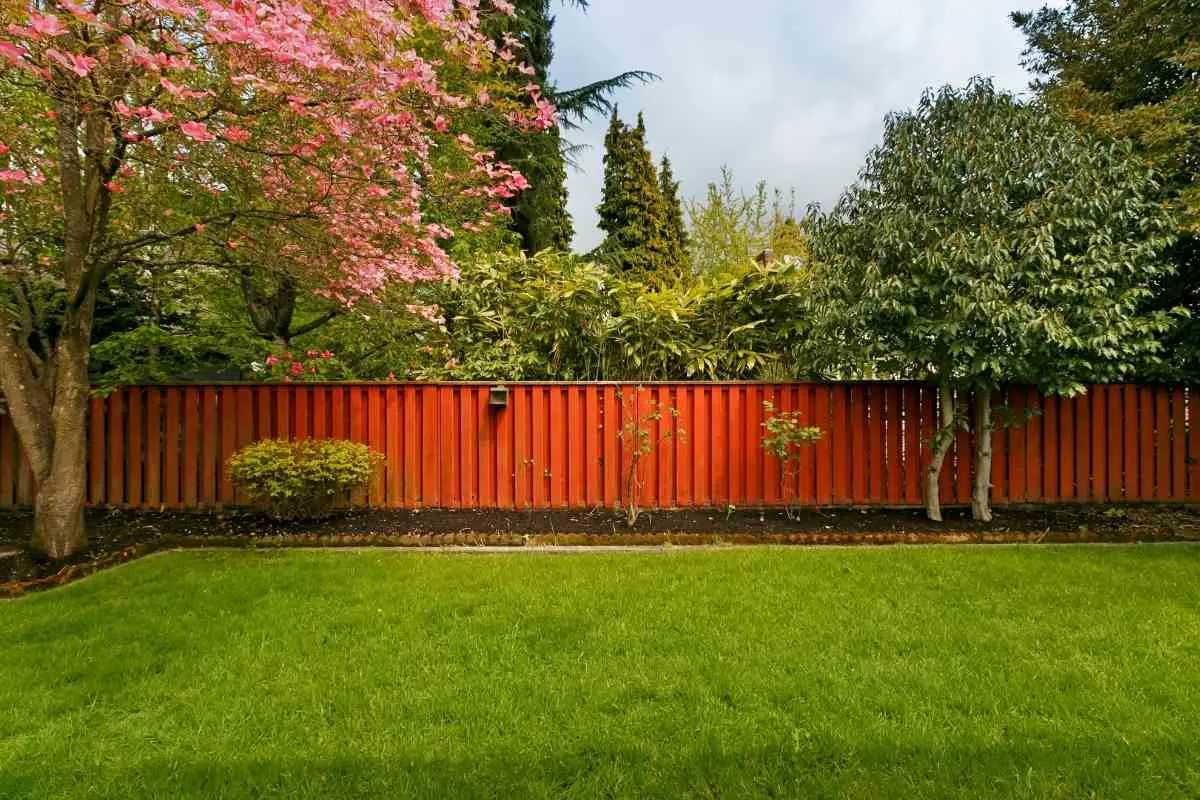Beautiful and towering trees are an excellent addition to any landscape.
Planting trees can provide shade and privacy while improving air quality.
However, sometimes it can feel like they take forever to grow, with years going by without any significant increase in height.
So, can you make trees grow faster? The answer is a resounding yes! While trees have a natural growth rate that depends on the species, you can do a few things to boost tree growth.
Let’s take a closer look at how to make a tree grow faster, including the best techniques for fast-growing trees and practices to use.
The Growth Rate of Trees: At a Glance
Before we dive into how to make a tree grow faster, it’s important to understand the typical growth rate of trees.
This will give you a better idea of how long it should take for your tree to reach its full potential height.
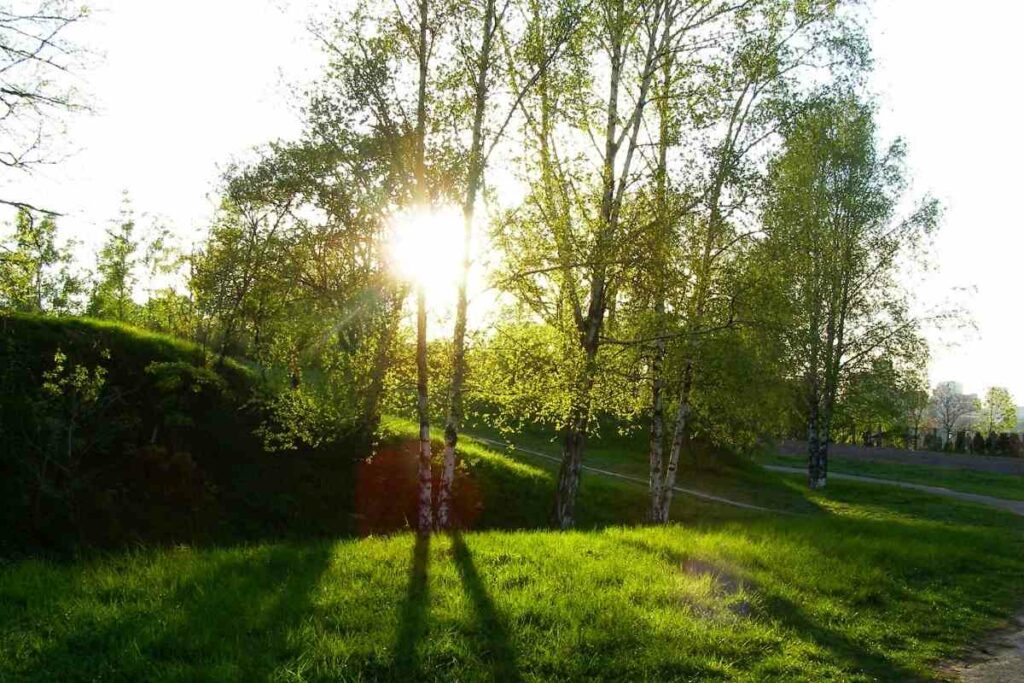
Here is a quick look at the average growth rate of some common tree species:
- Birch trees: Birch trees are a deciduous species that can grow up to 3 feet (36 inches) per year.
- Oak trees: Oak trees are fast-growing, with some species able to add up to 2 feet (24 inches) of height per year.
- Elm trees: Elm trees have a much faster growth rate than oak trees, with some adding up to 6 feet (72 inches) of height each year.
- Pine trees: Pine trees are an evergreen species with a rapid growth rate of 1 foot (12 inches) per year.
- Fir trees: Fir trees also have a growth rate of 1 foot (12 inches) per year.
There is quite a variation in the growth rate of different tree species.
However, you can do some general things to help any tree species grow faster, which we’ll explore next.
How To Make a Tree Grow Faster: 8 Proven Methods
Now that you understand trees’ growth rate better let’s look at some proven methods for making slow-growing trees grow faster.
1. Know Your Plant Hardiness Zone
The first step in making a tree grow faster is to know your plant’s hardiness zone.
This is the US Department of Agriculture’s (USDA) classification system for determining which plant species can thrive in which climate.

There are 13 hardiness zones in the United States, each with a different range of temperatures.
For Example – Zone 6 has an average minimum temperature of -10 to -5 degrees Fahrenheit, while Zone 9 has an average minimum temperature of 20 to 25 degrees Fahrenheit.
Knowing your hardiness zone will allow you to choose young trees well-suited for your climate.
This is important because trees not suited for your climate will have a harder time growing and may even wither and die.
You can find your hardiness zone by visiting the USDA website and entering your zip code.
2. Select the Right Tree Species
Once you know your hardiness zone, you can select a fast-growing tree species that are well-suited for your climate.
As we mentioned earlier, trees not suited for your climate will have a harder time growing.
Some tree species are also faster-growing than others.
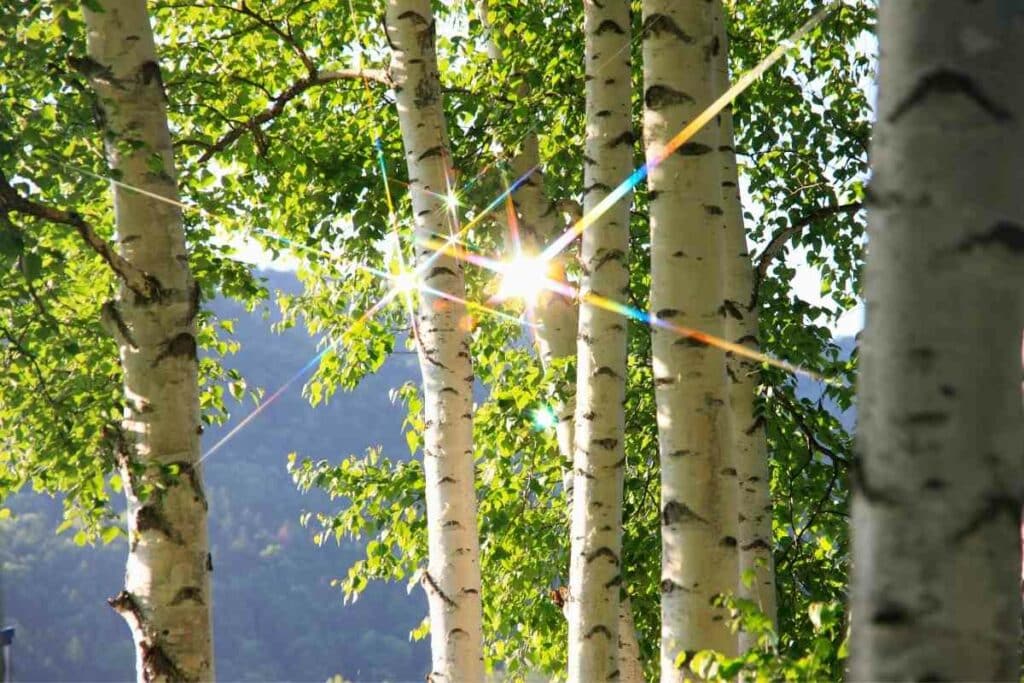
For example, birch trees have a growth rate of up to 3 feet per year, while oak trees have a growth rate of up to 2 feet per year.
When selecting a tree species, it’s also important to consider the size and shape of the mature tree.
For example, if you’re looking for a privacy hedge, you may want to choose a fast-growing species like the Leyland Cypress tree.
3. Plant Your Tree During Dormant Season
The best time to plant a tree is during the dormant season, usually from late fall to early spring.
This is because the ground is softer, and the tree roots have an easier time taking hold.
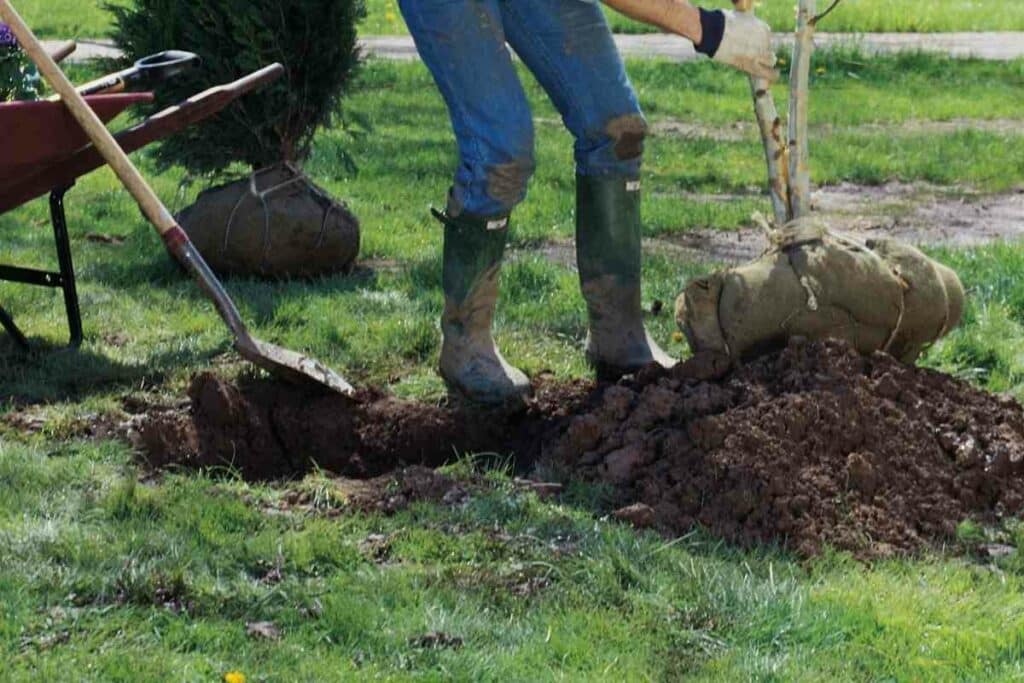
It’s also important to plant your tree before the growing season begins.
This is because the roots will have a chance to establish themselves before the leaves start to grow.
Once the leaves start to grow, the tree will be under more stress and may be unable to put all of its energy into growing roots.
4. Make Sure You’re Watering Enough
One of the most important things you can do to help a tree grow faster is to ensure it gets enough water.
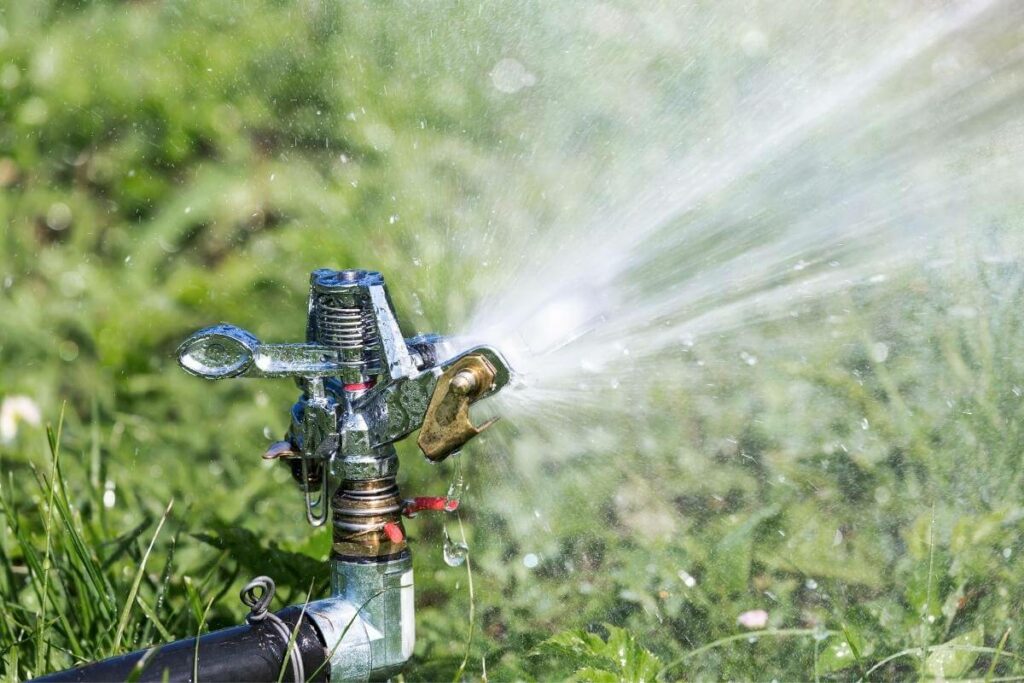
Trees need 1 to 2 inches of rain per week, and if they’re not getting that from natural rainfall, you’ll need to water them yourself.
It’s best to water your trees in the morning, so the leaves have time to dry before nightfall. This will prevent diseases like powdery mildew from taking hold.
You can also use a soaker hose or drip irrigation to water your trees, which will help reduce water waste.
5. Use Mulch to Retain Moisture
Mulch is a layer of material spread around a tree’s base.
It helps retain moisture and keeps the roots cool in the summer heat.
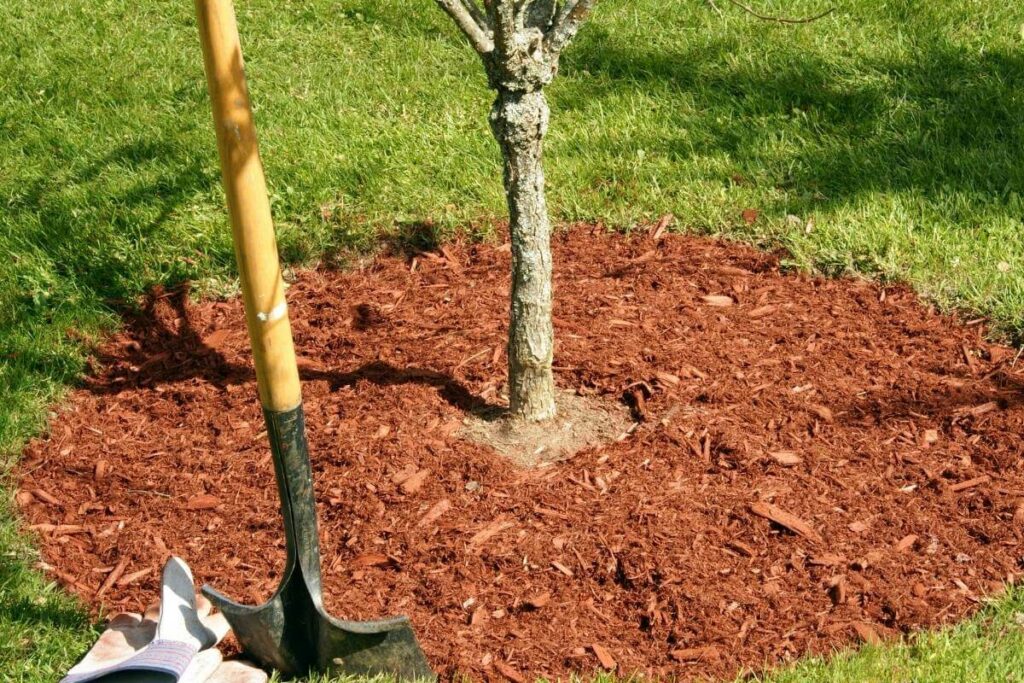
Mulch also helps prevent weeds from taking hold, which can compete with your tree for water and nutrients.
It’s important to use the right type of mulch, though.
Keep In Mind – Cedar mulch is a good choice for acid-loving trees like dogwoods, while pine straw is a good choice for evergreens.
6. Fertilize Your Tree
Fertilizing your tree will give it the nutrients it needs to grow faster.
The best time to fertilize is in the spring, just before the growing season begins. You can use a granular fertilizer or a liquid fertilizer.
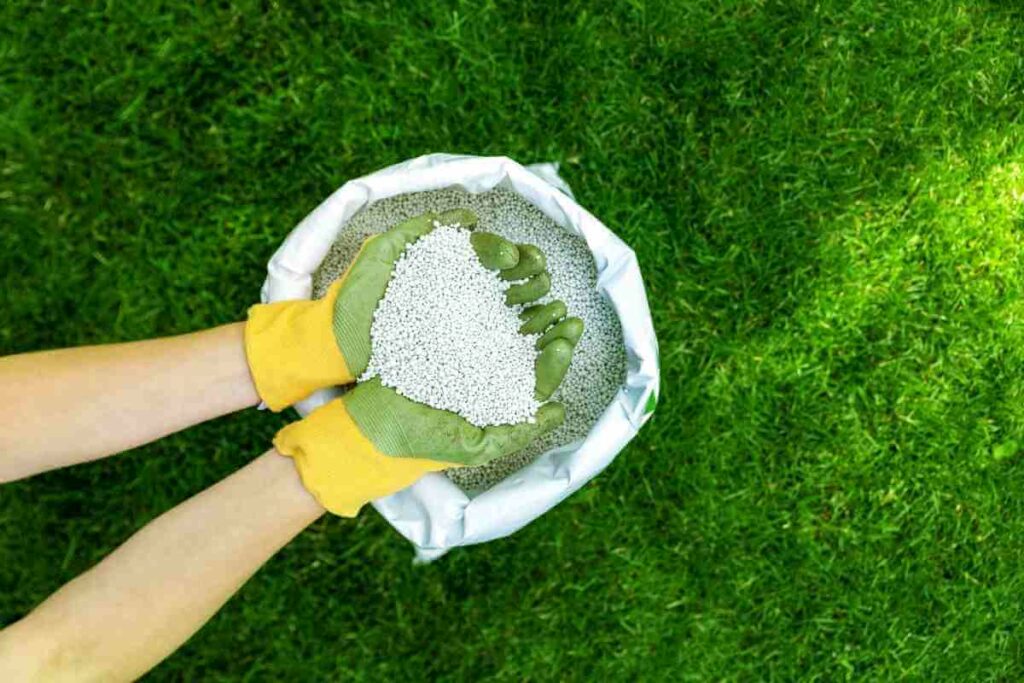
It’s important to follow directions on the fertilizer package.
You don’t want to overfertilize, which can burn the roots and damage the tree.
You’re not under-fertilizing, either. A lack of fertilizer can stunt the tree’s growth.
7. Prune Your Tree
Pruning is trimming away dead or dying branches, which helps the tree focus its energy on growing new branches and leaves.
Pruning also helps the tree maintain a healthy shape.
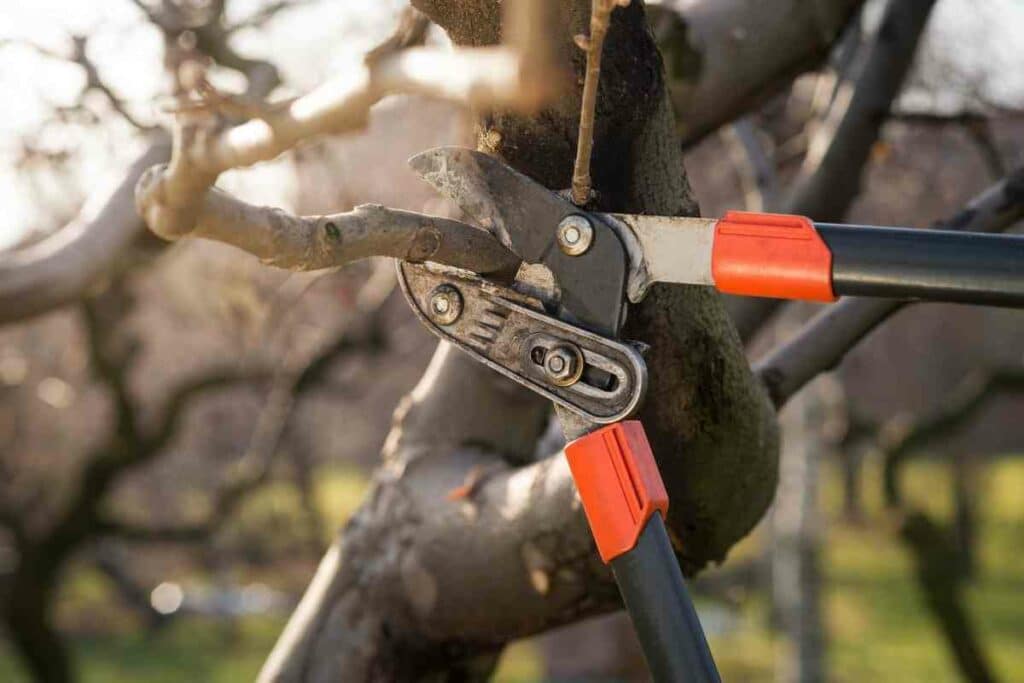
The best time to prune is in the late winter or early spring before the growing season begins.
You can use hand pruners, loppers, or a saw, depending on the size of the branches you’re dealing with.
8. Protect Your Tree From Pests and Diseases
Pests and diseases can damage your tree and slow its growth.
To help prevent this, you can use a pesticide or herbicide specifically formulated for trees.
You can also use physical barriers like nets or fences to keep pests away.
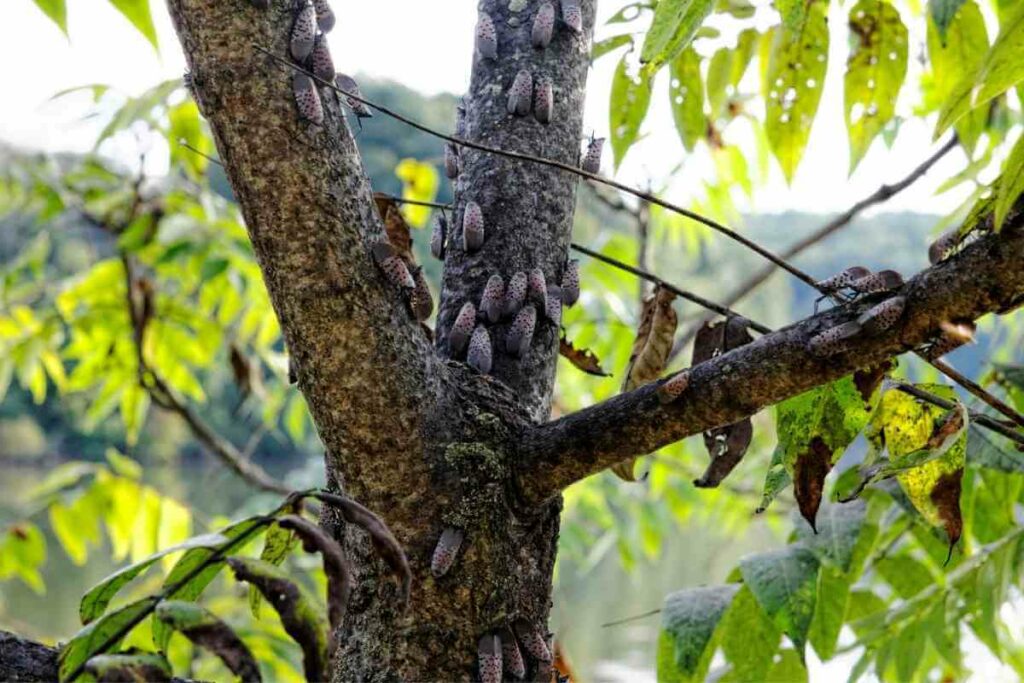
If your tree does become infested with pests or diseases, it’s important to treat the problem quickly.
Heads Up! The longer you wait, the more damage the pests or diseases can do.
Bottom Line
So, can you make a tree grow faster?
Yes, you can do a few things to help a tree grow faster. However, it’s important to remember that each tree is different and will grow at its own pace.
If you’re patient and take good care of your tree, it will eventually reach its full potential.
And, who knows, maybe you’ll even set a new record for the fastest-growing tree in your area.
